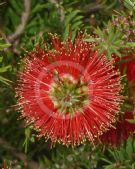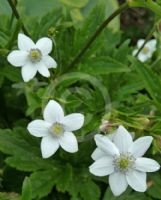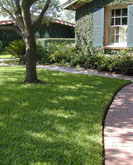Anemone rivularis |
|||||
Plant type: herbaceous soft-wooded perennial Hardiness zones: 5-9b Sunlight: warm low sun to dappled light Soil Moisture: constantly moist to occasionally flooded Soil: enriched soil, acidic to neutral |
|
|||||||
|
| ||||||||
Origins: India-Subcontinent, China-Korea-Taiwan, Tropical Asia Other Botanical Names: Anemone dubia, A. esquirolii, A. geraniifolia, A. hispida, A. leveillei, A. longipes, A. saniculifolia, A. wightiana, Anemonidium rivulare Other Common Names: | ||||||||
 |
 | |||||||
 |
Tell our Plant Selector what you want & like and we'll search thousands of plant profiles for compatible matches

Plant of the Day
Blackdown Bottlebrush
Plant type: evergreen shrub
H: 1m W: 1.5m
Sunlight: hot overhead sun
Special Offers

Fast Facts
herbs
It's more water-efficient and better for plant health to group herbs that have similar water needs together.
Recently added articles
Most viewed articles
Get the Plant Selector's full features plus news, forums & competitions. Sign up, it's free.
Click here for more




